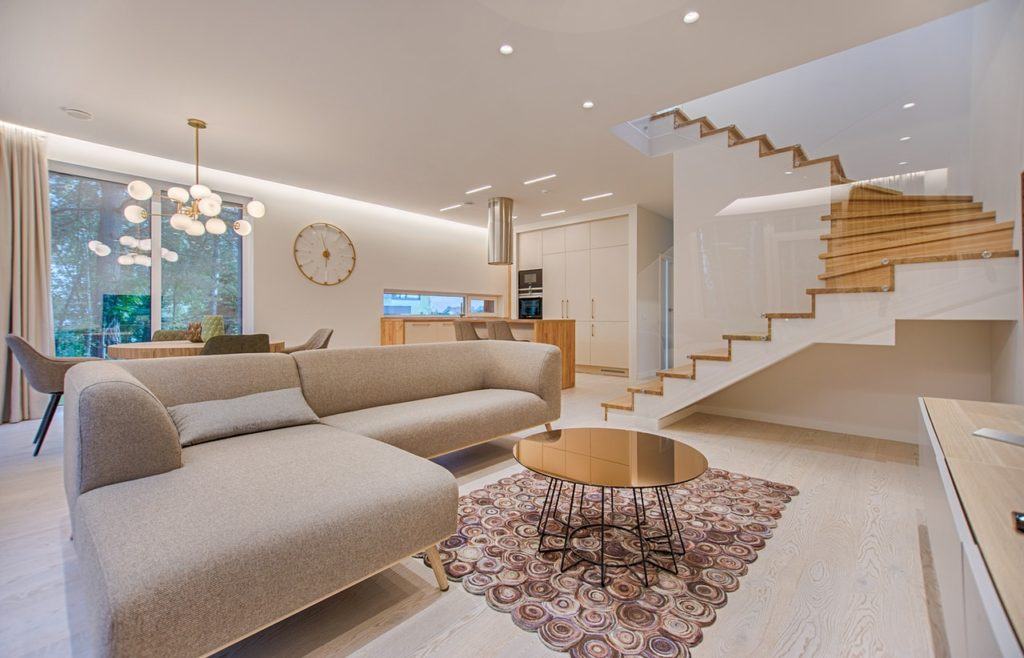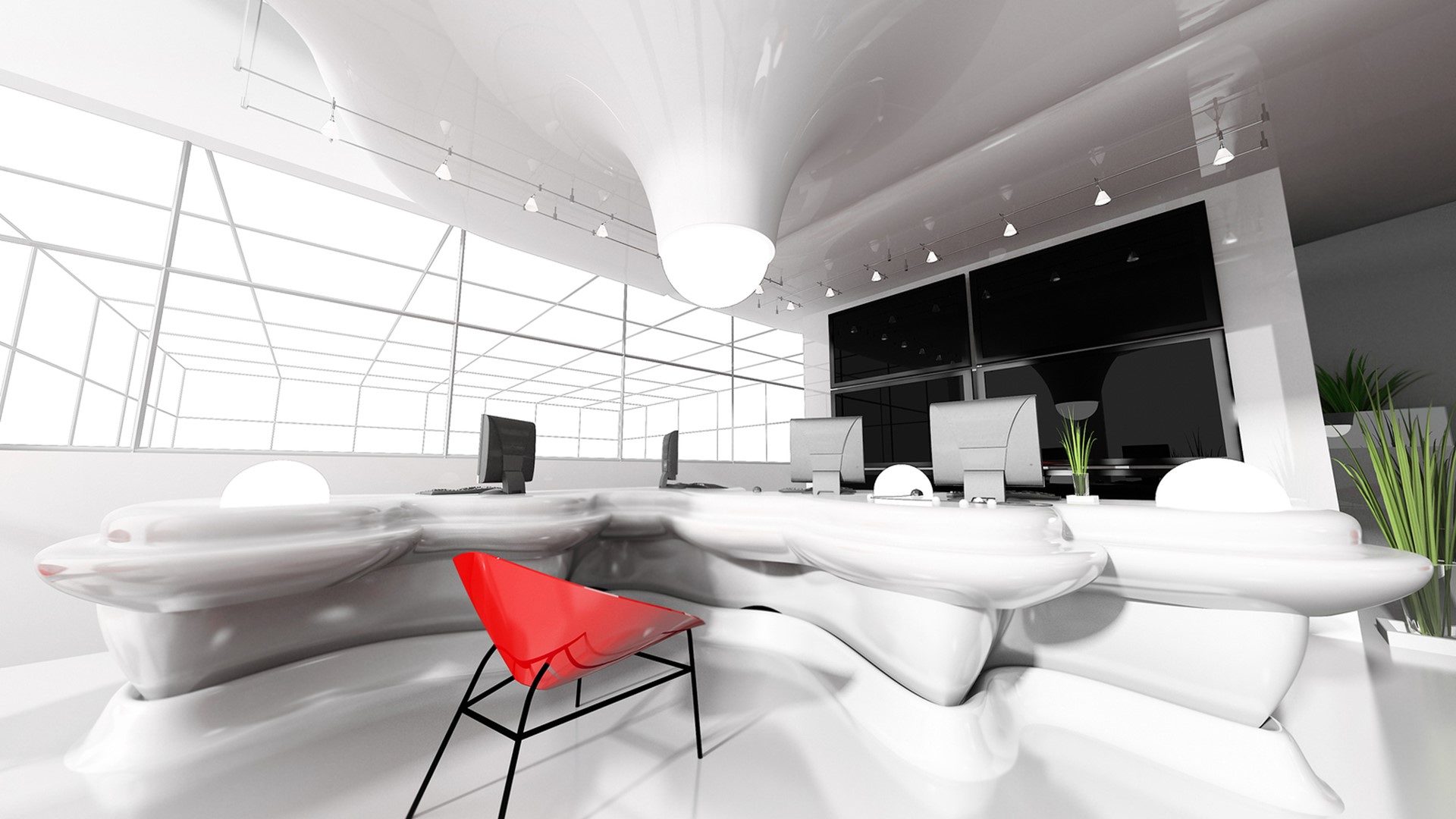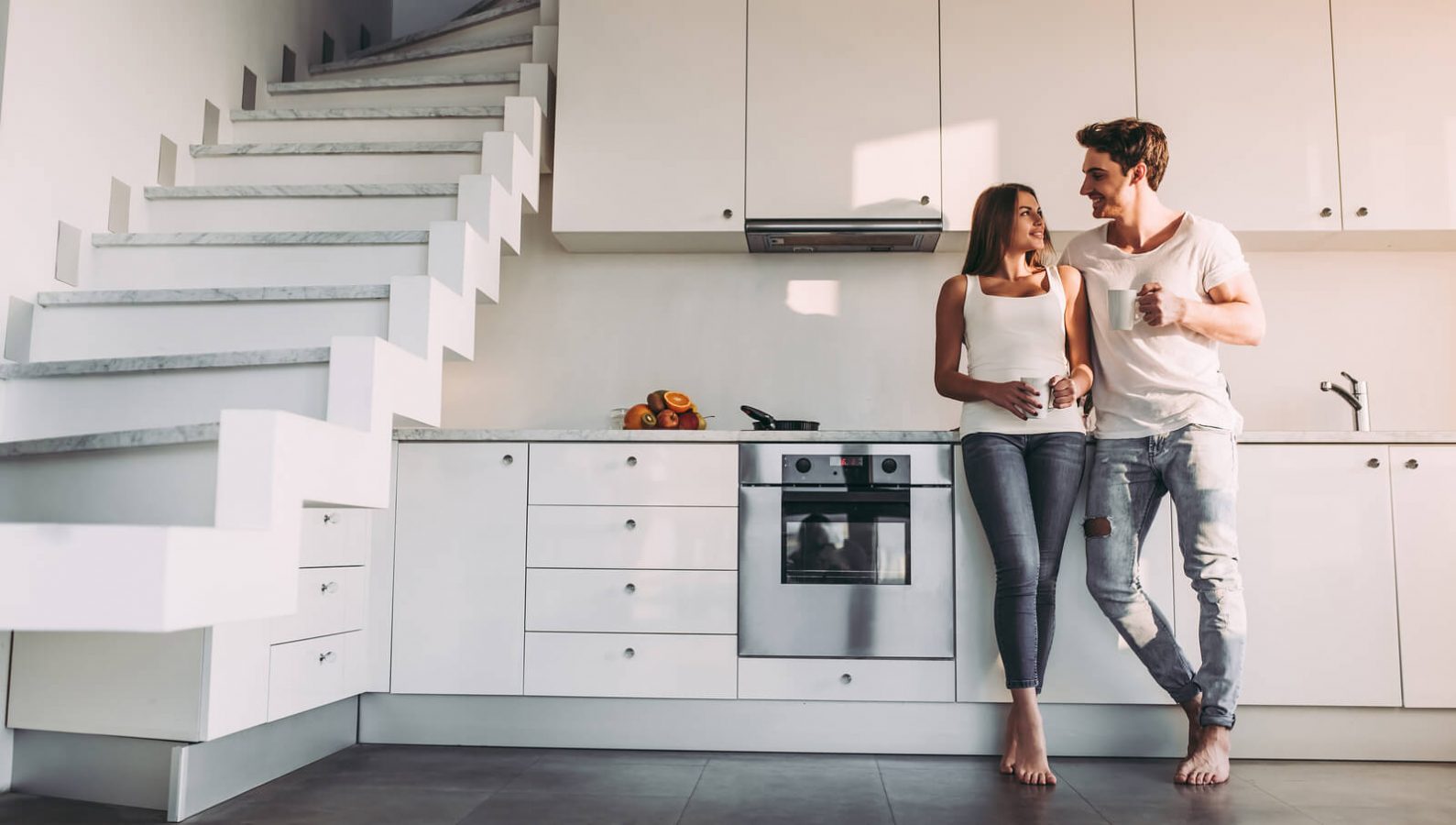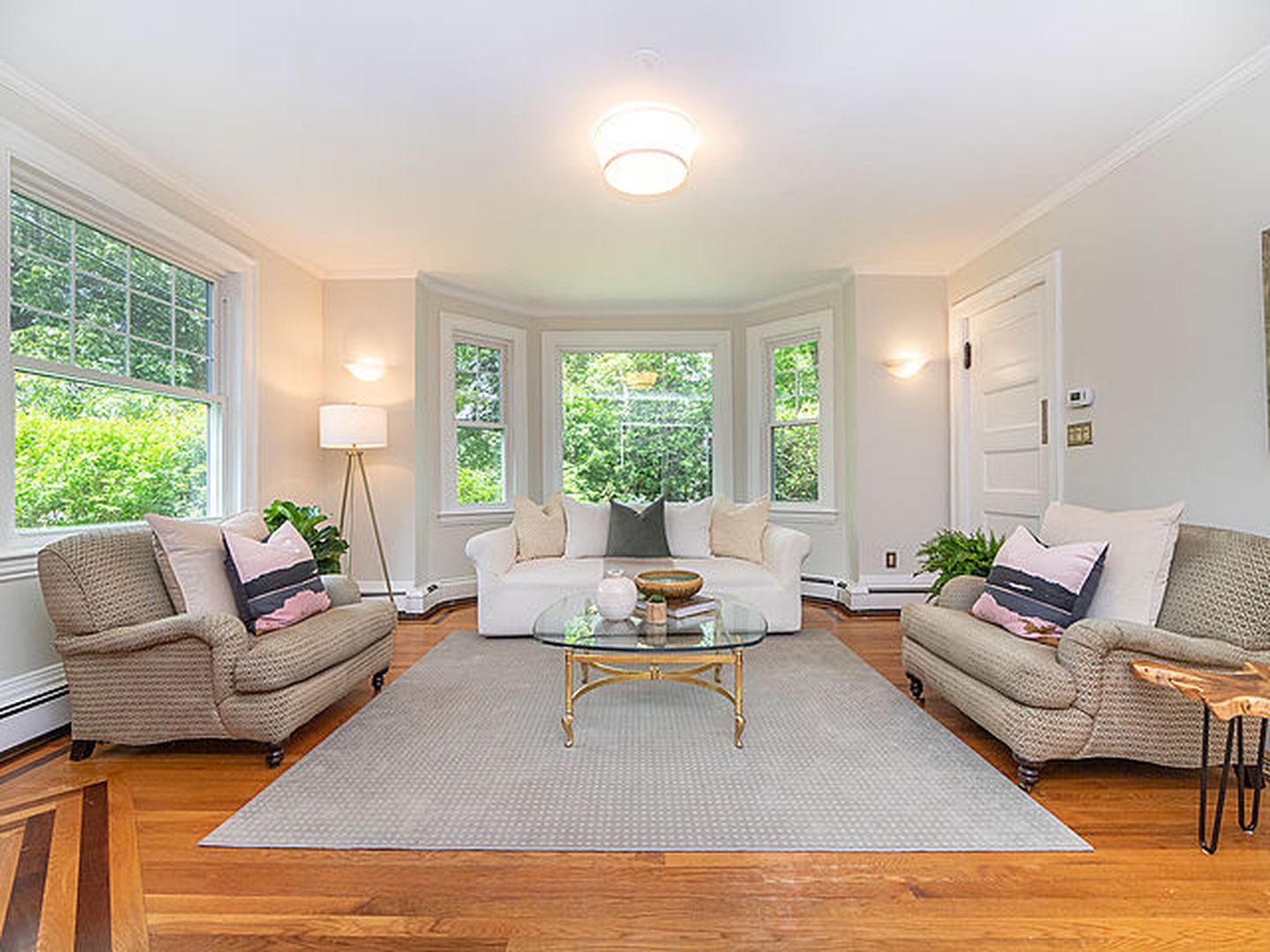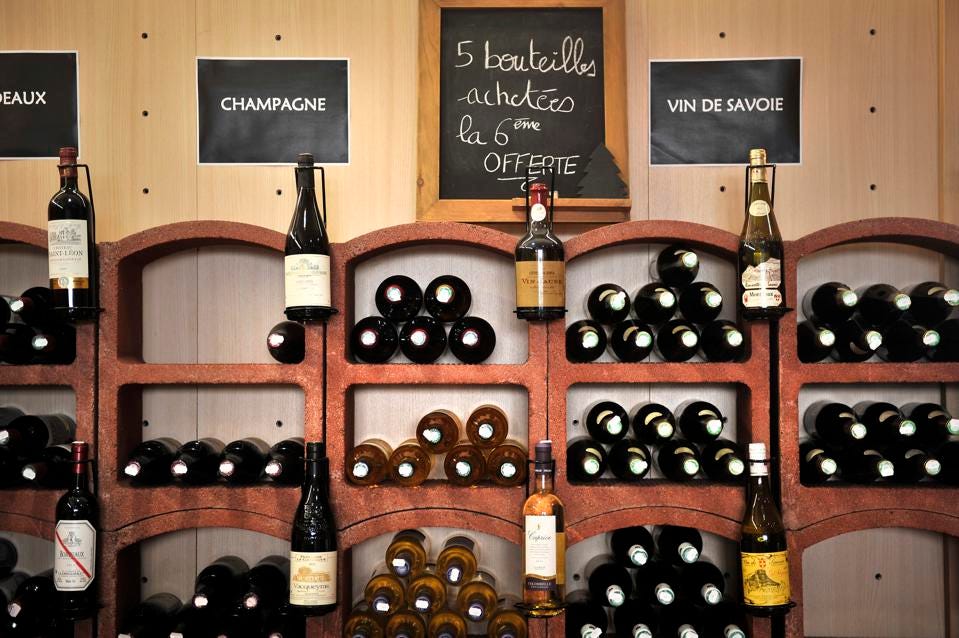
Curating a wine collection that is unique to your tastes is the beginning of becoming a wine sommelier. Howeverhttps://www.stream-dvdrip.com aside from selecting and purchasing wineshttps://www.stream-dvdrip.com they also need to be stored safely. Wine can be stored properly for decadeshttps://www.stream-dvdrip.com increasing in value and quality during that time. But even the best wines can be ruined by bad storage. Wine storage under the stairs is a great idea for looking after your wine. Include a wine cooler model that fits in small spaces to keep your wine at the right temperature.
Temperature
Wine cellar accessories include temperature control. The temperature may be the most crucial element affecting the quality of the wine that is being stored. Wine will deteriorate in temperatures that are either too warm or too cold. Consult the winemaker for recommended serving temperatures for particular wines. No matter the variety or labelhttps://www.stream-dvdrip.com wine should never be stored above 68 °F (20 °C)https://www.stream-dvdrip.com which can hasten age and destroy volatile componentshttps://www.stream-dvdrip.com or below 25 °F (-4 °C)https://www.stream-dvdrip.com which can cause the wine to freeze. Most significantlyhttps://www.stream-dvdrip.com you should maintain the wine storage temperature as consistently as possible: The cork may stretch and shrink due to temperature changeshttps://www.stream-dvdrip.com allowing the wine to leak.
Protect from the light
For long-term preservationhttps://www.stream-dvdrip.com lighthttps://www.stream-dvdrip.com especially sunlighthttps://www.stream-dvdrip.com may be a challenge. UV radiation from the sun can deteriorate wine and cause early ageing. Labels might get worn by light. The wine itself won’t likely be harmed by light from domestic lamps. Although fluorescent bulbs do release extremely small amounts of UV lighthttps://www.stream-dvdrip.com incandescent bulbs may be slightly safer.
Store wine on its side
Wine should always be stored on its side if it has a corkhttps://www.stream-dvdrip.com despite the fact that it would appear advantageous to stand a few bottles above your cupboard to conserve room. The cork may dry out during upright storagehttps://www.stream-dvdrip.com which may result in oxygen exposure and damaged wine. Always keep the cork moist. Bottles are typically kept on their sides to keep the liquid up against the corkhttps://www.stream-dvdrip.com which shouldhttps://www.stream-dvdrip.com in theoryhttps://www.stream-dvdrip.com prevent the cork from drying out. This is optional if you want to drink the contents of these bottles soon to mid-term or if the bottles have an alternative closure.
Avoid vibrations
You should make sure there are no vibrations wherever you put your wine. Avoid places like a closet next to a stereo or the laundry room. Even slight vibrations might cause the ageing process to be sped up and the wine to be ruined. Additionallyhttps://www.stream-dvdrip.com vibrations may prevent sediment from settling in the bottlehttps://www.stream-dvdrip.com giving you an unappealingly gritty beverage. It’s also important to keep in mind that once the bottle is put in storagehttps://www.stream-dvdrip.com you should wait to move it again until you’re ready to consume it. If you need to move ithttps://www.stream-dvdrip.com do so as little as possible.
Storing wine correctly makes it possible to preserve your wine. Imagine opening a bottle from the year you tied the knot to commemorate your wedding anniversary. This would heighten the significance of the occasion for wine enthusiasts.
